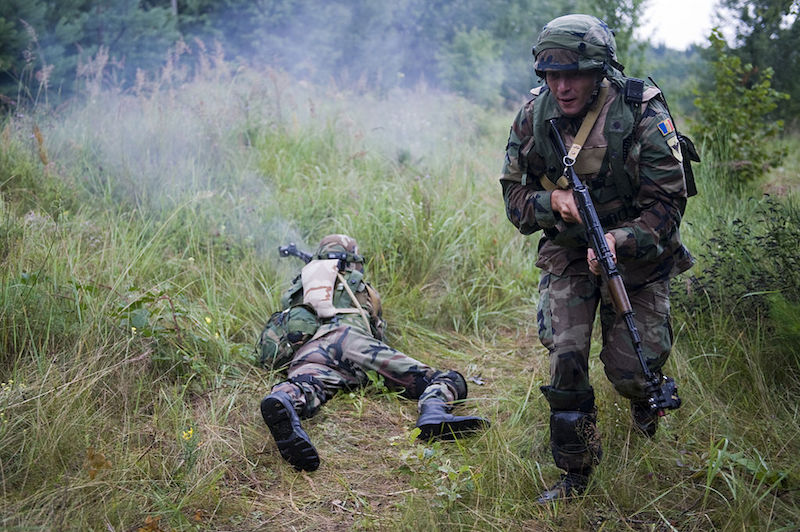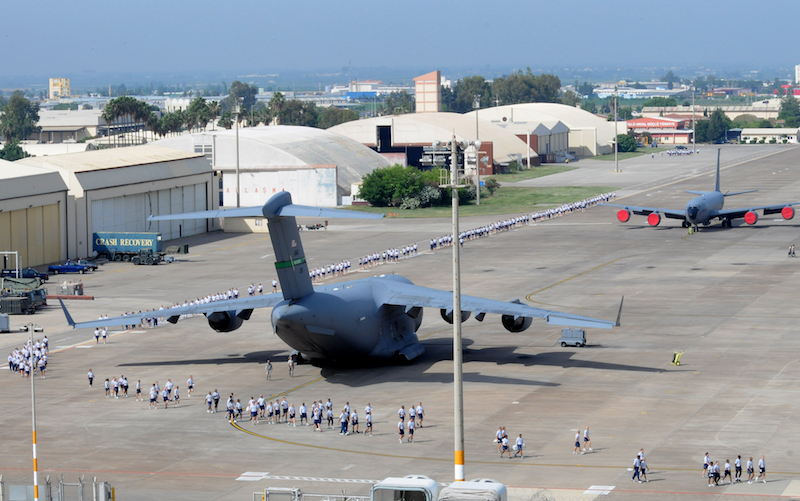Currently, Moldova and Transnistria are in the middle of negotiating a solution to their frozen conflict. Should negotiations break down, NATO may be tempted to support Moldova given the Alliance’s pro-European stance and the strong Russian presence in Transnistria. However, NATO should consider the anxieties of minorities in Transnistria, as well as Russia’s concerns over the safety of its soldiers. In coordination with other parties, NATO must do whatever is necessary to bring Moldova and Transnistria back to the table. Despite tensions between the West and Russia, NATO must prepare itself to work with Russia given its high level of economic, political, and military influence in the region.
In the event that re-establishment of negotiations fails, tensions could escalate under two scenarios. First, Moldova may seek to form a political union with Romania. While the idea of unification is popular in Moldova, it is strongly opposed in Transnistria. Should a union with Romania occur, Transnistria may feel its security threatened, thereby increasing potential for conflict. As a NATO member, an attack on Romania would invoke Article 5 of the North Atlantic Treaty in which ‘an attack on one is an attack on all’. NATO must strongly discourage unification until a negotiated political solution is reached with Transnistria. NATO must make it clear that if a Moldovan-Romanian union were to be created without such a solution, NATO would remove Romania from the Alliance under the principle of the Membership Action Plan that every member must “pursue the peaceful settlement of territorial and ethnic disputes”.
Second, tensions could rise if Russia decides to attempt sending reinforcements to protect its troops in Transnistria. NATO would have to be prepared for the possibility of conflict spreading to Romania, forcing the organization to move troops to Romania and other countries in the region such as Bulgaria and Turkey to ensure regional security. This could again lead to the possibility of invoking Article 5, which NATO must respect or otherwise risk losing legitimacy and weakening the Alliance.
While Russian incursion into Moldova may alarm Alliance members, NATO should avoid military conflict as long as Russia does not attack a member state. Individual member states may be free to get involved in the conflict, but NATO would have to make it clear that such an intervention would be considered the responsibility of the individual state and not the Alliance. Nevertheless, while NATO should refrain from getting involved in a military conflict, heads of the Alliance should still encourage member states to use non-military coercion, such as sanctions and travel bans, to dissuade Russian incursions.
NATO needs to put greater effort towards the Moldovan-Transnistria conflict. It could begin with expressing its concerns over the formation of a political union between Moldova and Romania, denouncing Russian military exercises in Transnistria and, as an incentive to ending the conflict, make clear the possibility of membership in the Alliance should the dispute be resolved. While ensuring security in other Eastern European countries remains crucial, Transnistria’s potential to spark conflict in neighboring states in Europe is significant. Given an uncertain future, NATO must work towards peace and discourage Moldova’s union with Romania without the resolution of the status of Transnistria. In the event of war, NATO must be careful in a default support of Moldova or risk alienating Russia entirely. While necessary to avoid a military conflict altogether, in the event of Russian intervention NATO must still be prepared to enact Article 5 if Romania is pre-emptively attacked. Only through such preparation can NATO ensure the security of Moldova, Transnistria, and the region.
Photo: Moldovan soldiers train with Partnership for Peace Nations during Exercise Rapid Trident, (2011) by US Army Europe Images via Wikimedia Commons. Licensed under CC BY 2.0.
Disclaimer: Any views or opinions expressed in articles are solely those of the authors and do not necessarily represent the views of the NATO Association of Canada.




